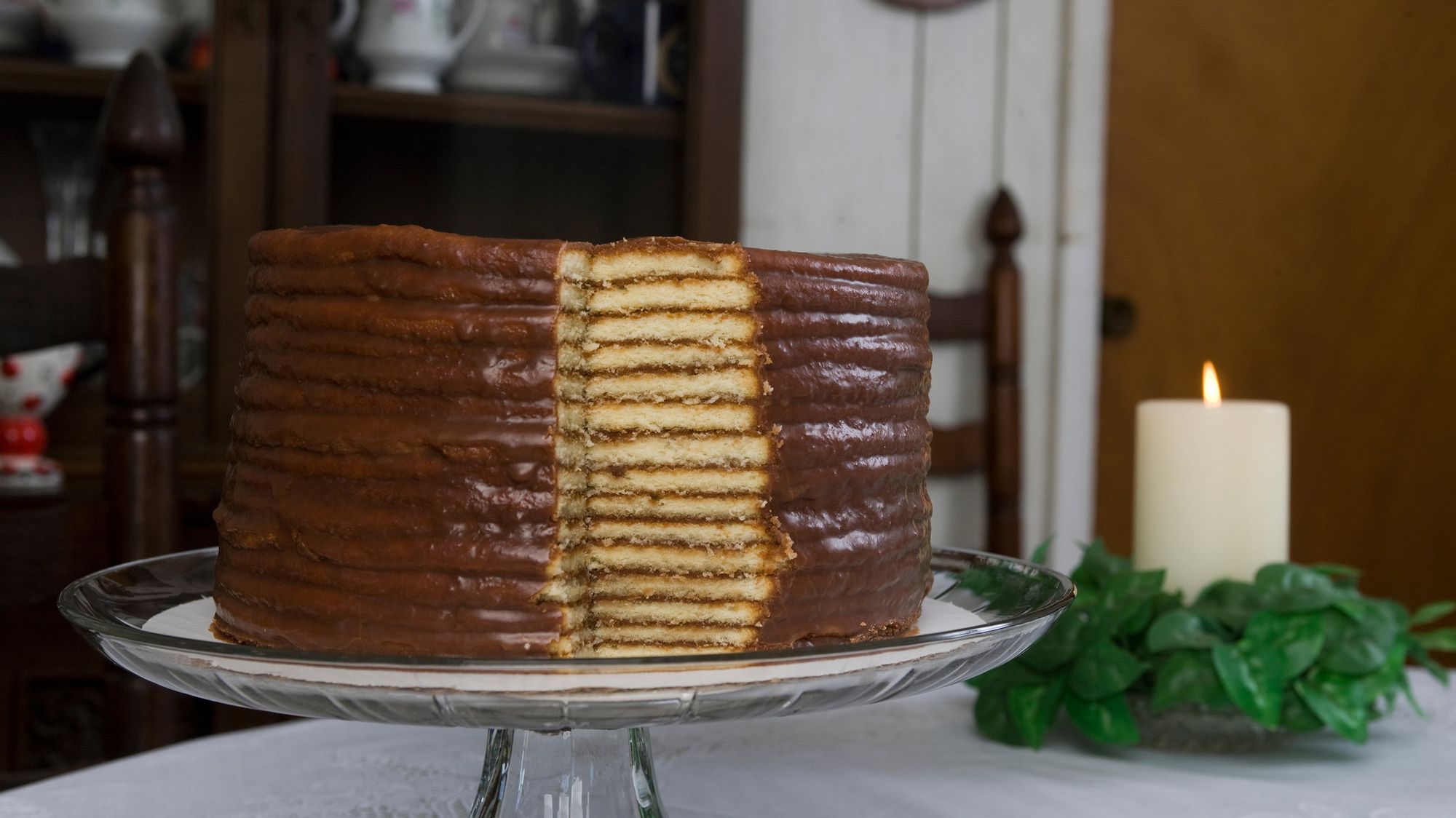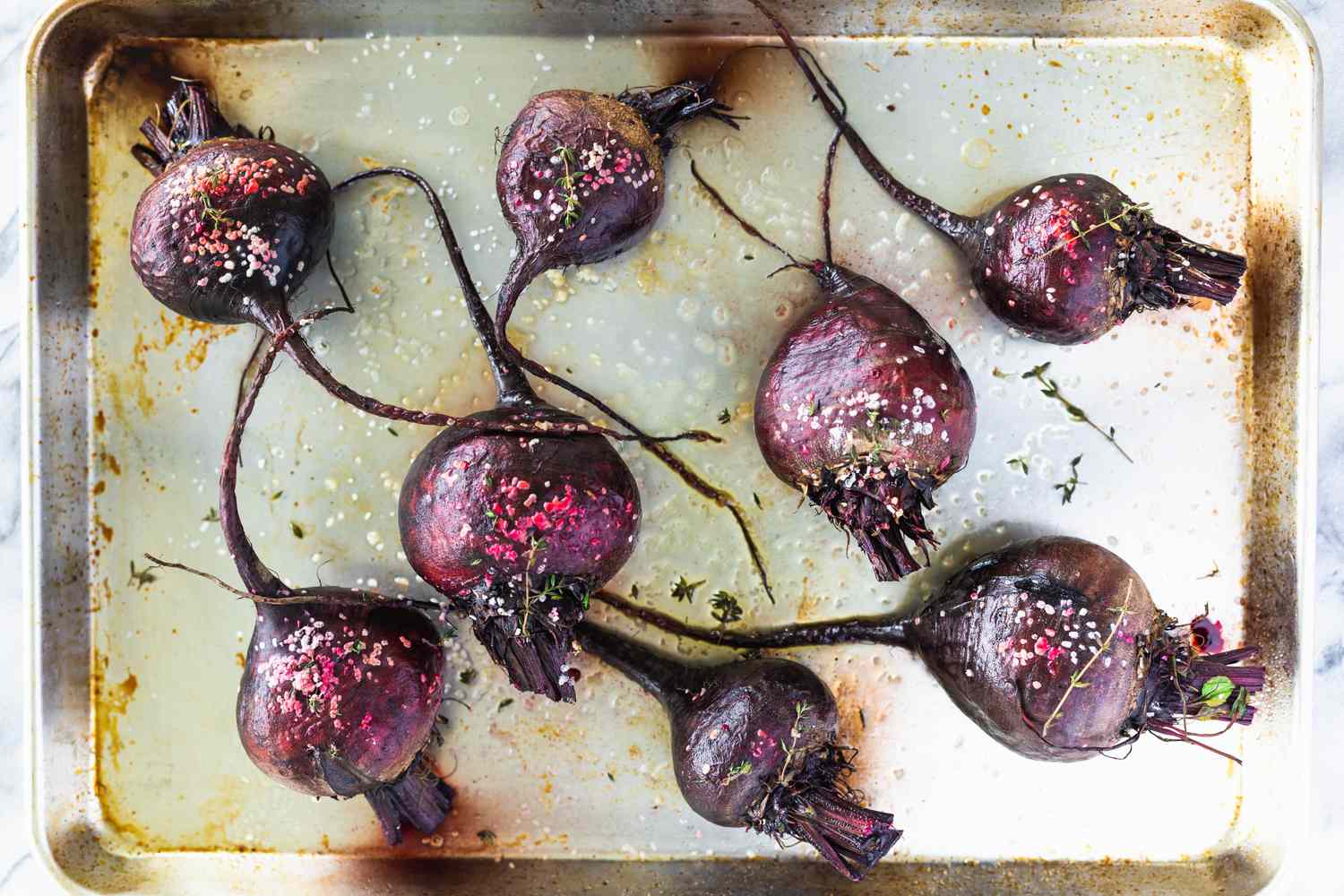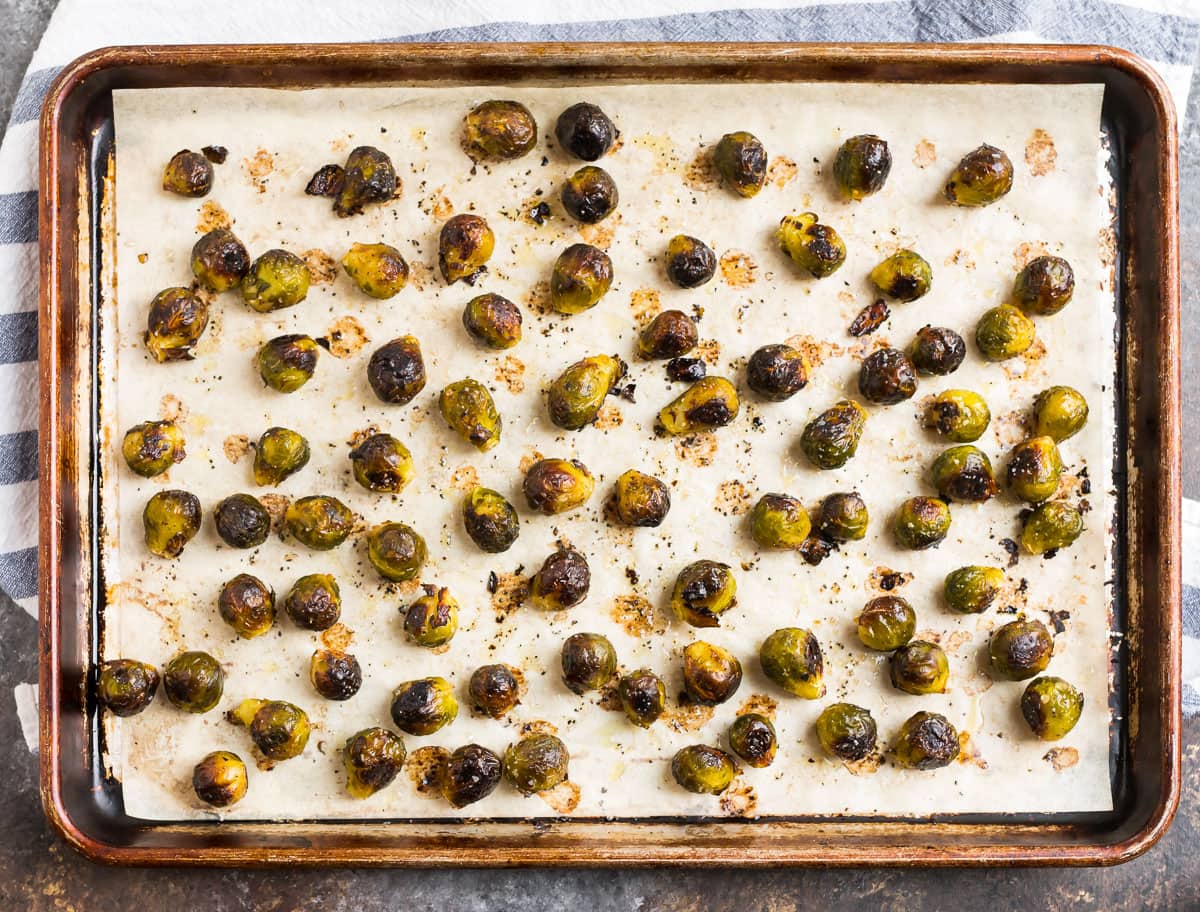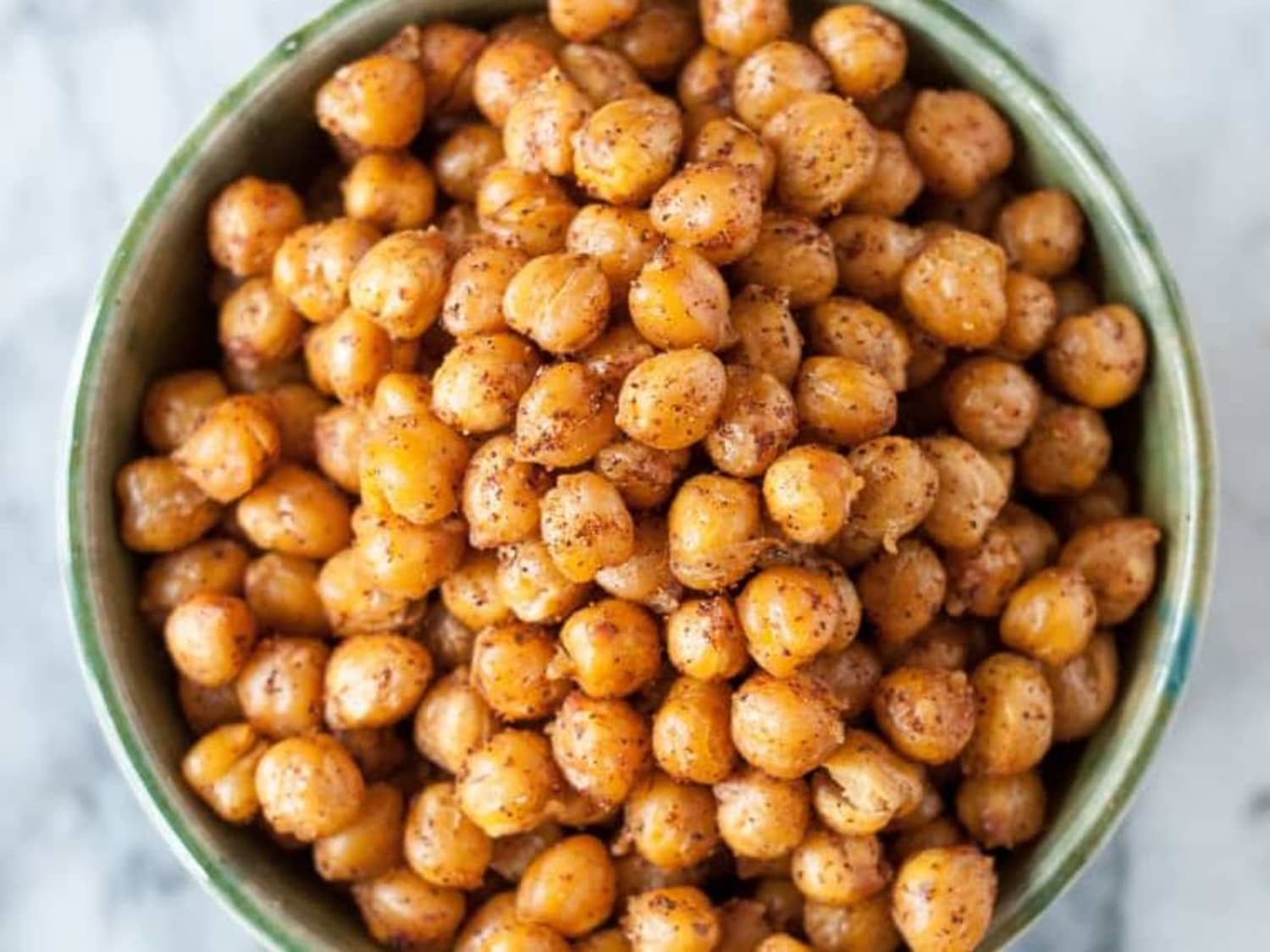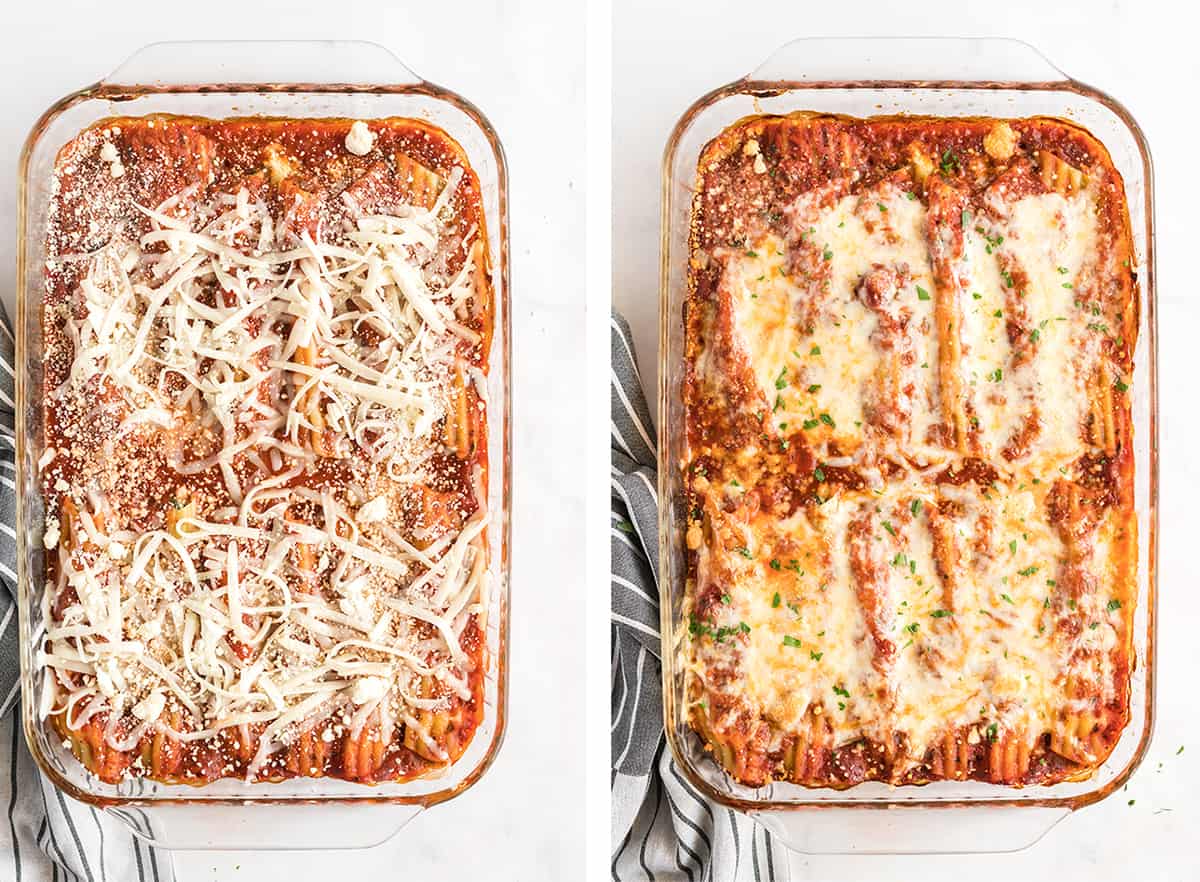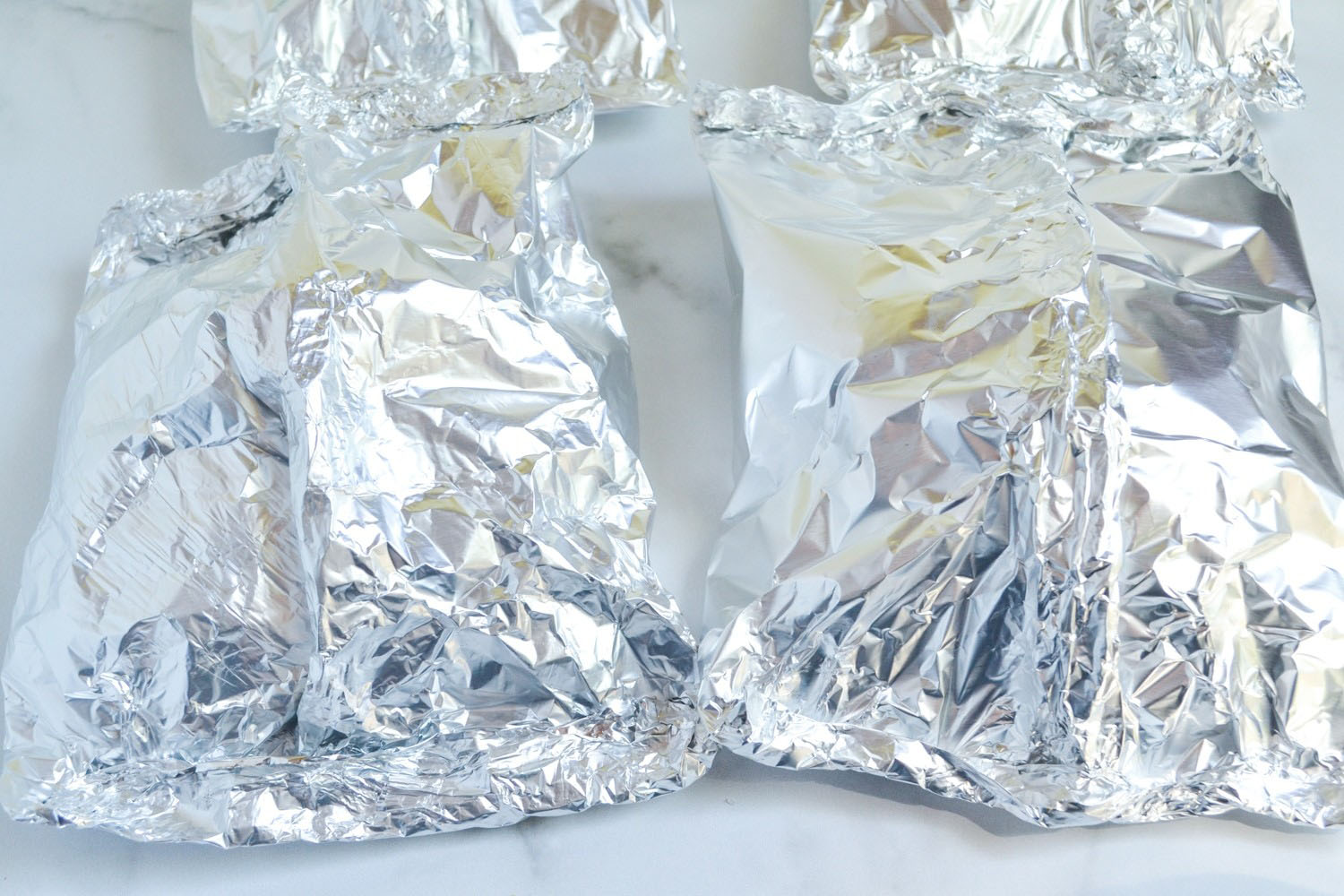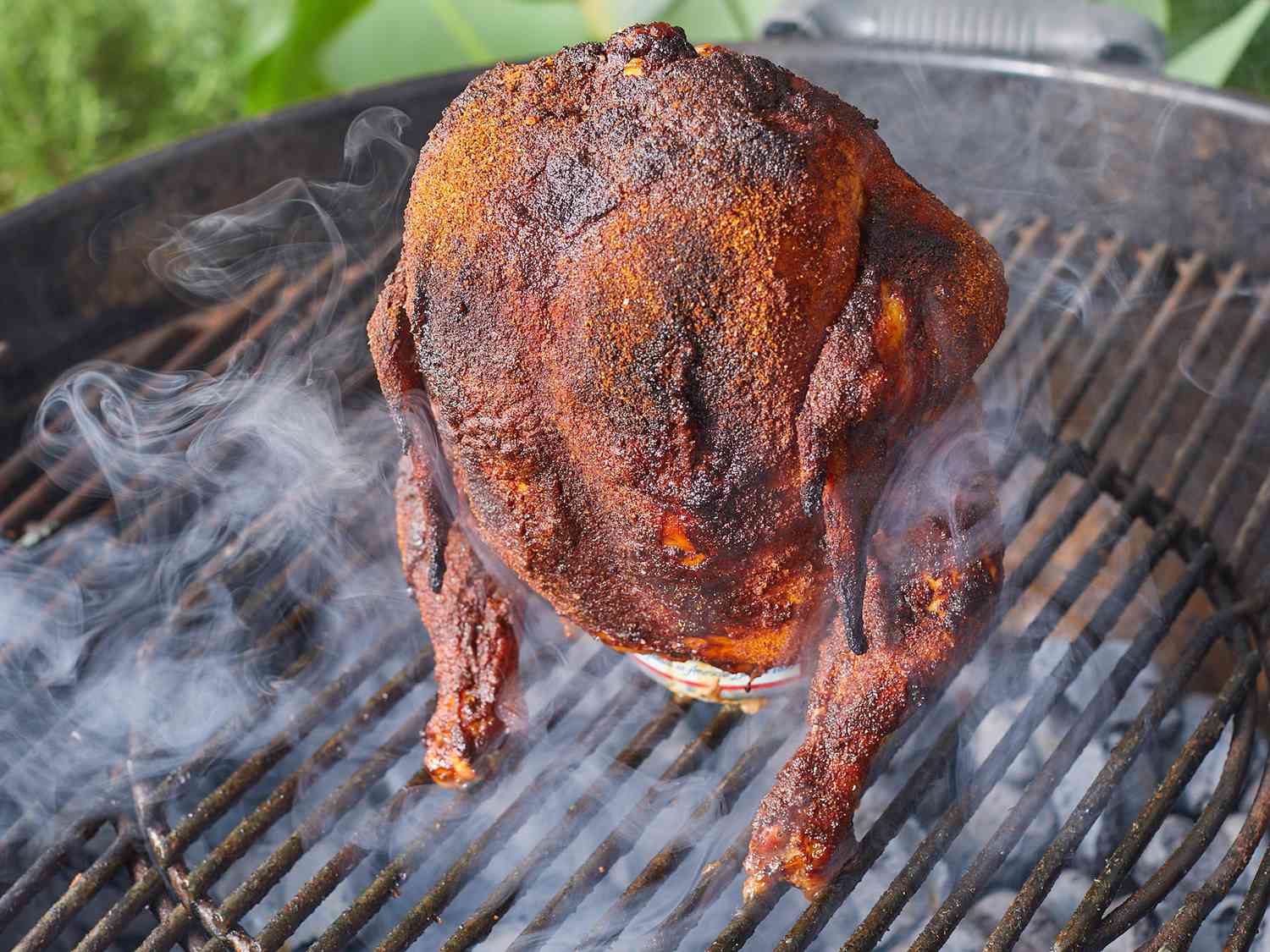Want a Rich and Silky Pan Sauce For Your Steak? Grab the Cream
When it comes to taking your steak to the next level, a decadent pan sauce can truly elevate the flavors and add a luxurious touch to your meal. If you’re looking to create a rich and silky sauce that will have your taste buds dancing, look no further than cream as your secret weapon.
Cream is a versatile ingredient that can add velvety smoothness and depth to your pan sauce. Its creamy texture helps bind the flavors together, creating a luscious sauce that complements the charred exterior and juicy interior of a perfectly cooked steak. Whether you prefer a classic béarnaise sauce or a creamy mushroom sauce, incorporating cream can take your pan sauce from ordinary to extraordinary.
The Benefits of Using Cream in Pan Sauces
Using cream in your pan sauce offers a myriad of benefits that will leave you wanting more. Here are some reasons why you should consider using cream:
- Richness: Cream adds a luxurious richness to your sauce, coating each bite of steak with a velvety texture.
- Smoothness: The natural viscosity of cream lends a silky smoothness to your sauce, ensuring a delightful mouthfeel.
- Balancing flavors: Cream has a subtle sweetness that can help balance out the savory flavors of your sauce, resulting in a well-rounded taste.
- Stability: Cream helps stabilize your sauce, preventing it from separating or curdling during the cooking process.
- Enhanced aroma: The addition of cream adds a delightful aroma to your sauce, enticing your senses before you even take a bite.
How to Incorporate Cream into Your Pan Sauce
Now that you understand the benefits of using cream, let’s explore how you can incorporate it into your pan sauce for the perfect steak experience:
- Deglaze the pan: After searing your steak, remove it from the pan and set it aside to rest. Pour in a splash of wine or broth to deglaze the pan, scraping up any browned bits for added flavor.
- Add aromatics: Sauté aromatics like shallots or garlic in the same pan until fragrant and translucent.
- Pour in the cream: Reduce the heat to low and slowly pour in the cream, stirring constantly to avoid clumps. Allow the cream to simmer gently to infuse the flavors.
- Season to taste: Add your preferred seasonings, such as salt, pepper, or herbs, to enhance the sauce’s taste.
- Thicken the sauce (optional): If you desire a thicker consistency, you can simmer the sauce for a few minutes longer or add a cornstarch slurry for a silky-smooth finish.
- Finish with a flourish: Drizzle the creamy sauce over your perfectly cooked steak, garnish with fresh herbs, and savor the rich, velvety goodness.
Whether you’re cooking a tender filet mignon, a juicy ribeye, or a flavorful sirloin, incorporating cream into your pan sauce can elevate your steak to new heights. The rich and silky texture, combined with the harmonious flavors, will leave you craving more with every bite.
So, the next time you’re in the mood to indulge in a steakhouse-worthy meal at home, remember to grab the cream and create a pan sauce that will impress even the most discerning palates. Your taste buds will thank you!

